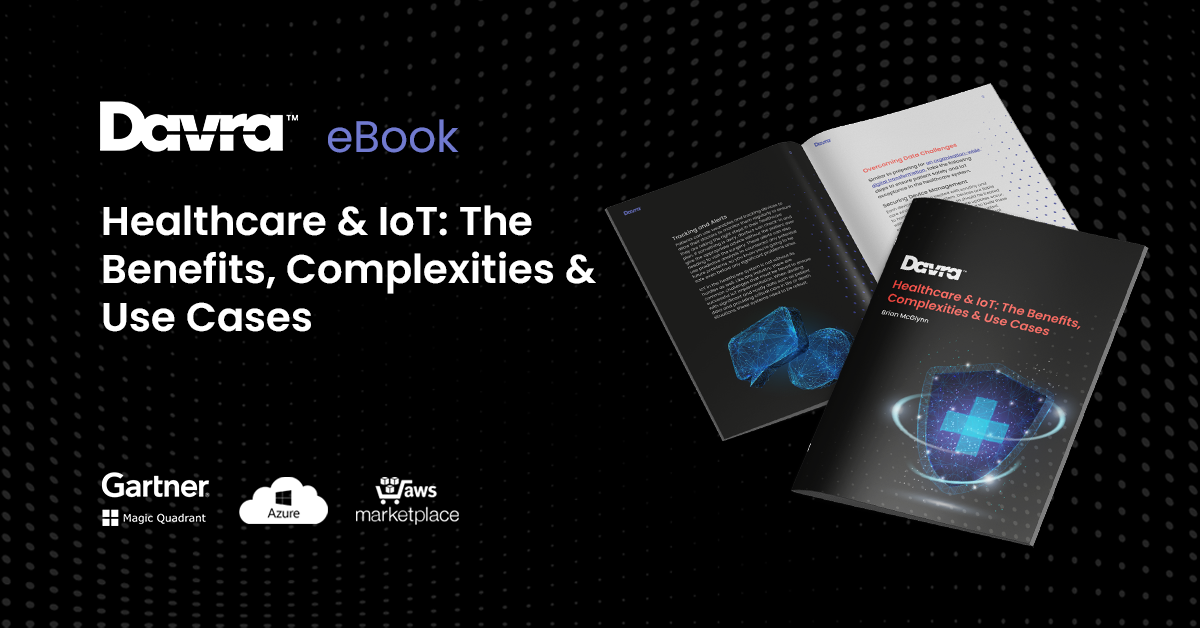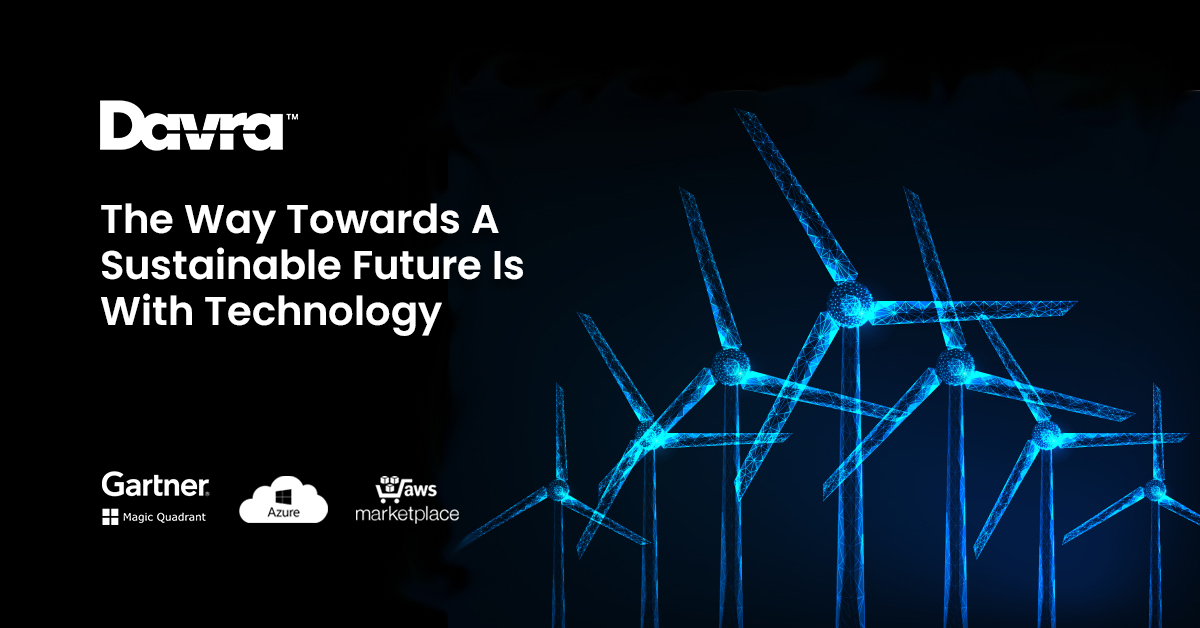IoT in Healthcare Use Cases eBook
Download Your Free IoT in Healthcare Use Cases eBook
Read More


The European Union developed a number of goals in 2015 to improve citizen’s welfare and the environment we live in. These goals, called Sustainable Development Goals (SDGs), encompass areas such as clean water and sanitation, affordable and clean energy, sustainable cities and communities, and climate action.
According to the UN, 3.5 billion people currently live in cities and with the exponential urbanisation of developing countries, the global urban population is expected to reach 5 billion by 2030. While occupying just 3% of the Earth’s land, cities account for roughly 3 quarters of the world’s total energy consumption and carbon emissions.
Greenhouse gases are a huge factor in climate change, and energy services make up around 60% of these harmful gases. Earth Day is fast approaching on April 22nd, but it seems like we are quickly moving far away from these sustainability practices and approaches that we need to adopt to prevent climate change.
It is difficult to conceptualise the ramifications of climate change and global warming, as it is something we’ve been hearing about for quite some time now while the situation only worsens. That is where IoT, smart sensors and all the data collection and understanding can come into force. With the ability to track and monitor our actions, we can clearly see where we are going wrong and how we can reduce waste, from both a personal and industrial perspective.
What’s wonderful about IoT is that it enables you to build out your system incrementally, starting first with the basic tracking of air quality or temperature for example, and then expanding that to more problem areas for governments. There are so many quirks and factors that impact air quality for example, that it can be hard to distinguish what’s truly impactful from what’s only a minor factor at play. But without knowing the faults and inputs, it can be difficult to know where to start. Through careful tracking and gradual implementation, IoT devices and networks can quickly build out a clear dashboard of what’s going on.
Knowing that a heavy storm is about to increase water levels and cause sewage disruptions can be highly beneficial to city authorities but take it to the next level through tracking infrastructure as well. Old bridges with pressure, temperature or vibrations can also be monitored to ensure they survive storms and don’t cause further problems or ramifications down the line.
With all of this knowledge at hand, governments and urban planners can better predict dire situations before they come to fruition, saving hundreds of thousands or millions of unnecessary spending. Money that could be spent on, you guessed it, sustainability and environmental causes.
Switched on lights, dripping taps, blasting heaters and spinning conveyor belts are the norm at manufacturing facilities, unfortunately. With IoT systems and smart energy meters, this no longer need be the case.
Installing smart lights and thermostats allows plants to manage their energy usage efficiently, saving a huge amount of money and energy because their resources are only used on an as-needs basis. Connected smart thermostats and IoT platforms can further breakdown exactly where all of this energy is being used, making managers more aware of waste and how they can reduce this further. After all, what gets measured certainly does get managed!
Connected smart thermostats can also be used to integrate with heating systems so that clear cut decisions can be made on when to turn the heating on based on fluctuating energy costs. AI and data analytics programmes can be further integrated into these platforms to then switch on heating or lighting systems at the times they are most in use.
In line with the previous point about governments tracking their infrastructure, industrial manufacturers can also use this technique to reduce their machinery downtime. Predictive maintenance enables companies to foresee when their equipment is about to fail, or when it will fail in the future. They can then take the right steps to order parts or bring in engineers to assess the machinery. This saves a lot of energy, time and costs as maintenance are carried out only when it is necessary, therefore massively decreasing their carbon footprint.
Sustainability goals and constant climate talk can be overwhelming and tricky to approach as there are many paths companies can take to tackle the issue. As we always say with IoT projects, it is best to start small and then slowly grow and expand. The same can be said for being a sustainable industrial organisation, start with one small goal and break it out. IoT can be applied to everything and the tools are there to allow you to track every moving part. At Davra, we are experts in working with large industrial processes and are eager to hear about how you pursue sustainability efforts in your company.
Brian McGlynn, Davra, COO
Download Your Free IoT in Healthcare Use Cases eBook

Davra IoT is the only Industrial IoT Platform Available on AWS Marketplace
Read MoreThe Collaboration of Humans & Robots Has Created The Cobot
Read More